Project leader of J-35A says aircraft will detect 'hostile objects', strengthen network
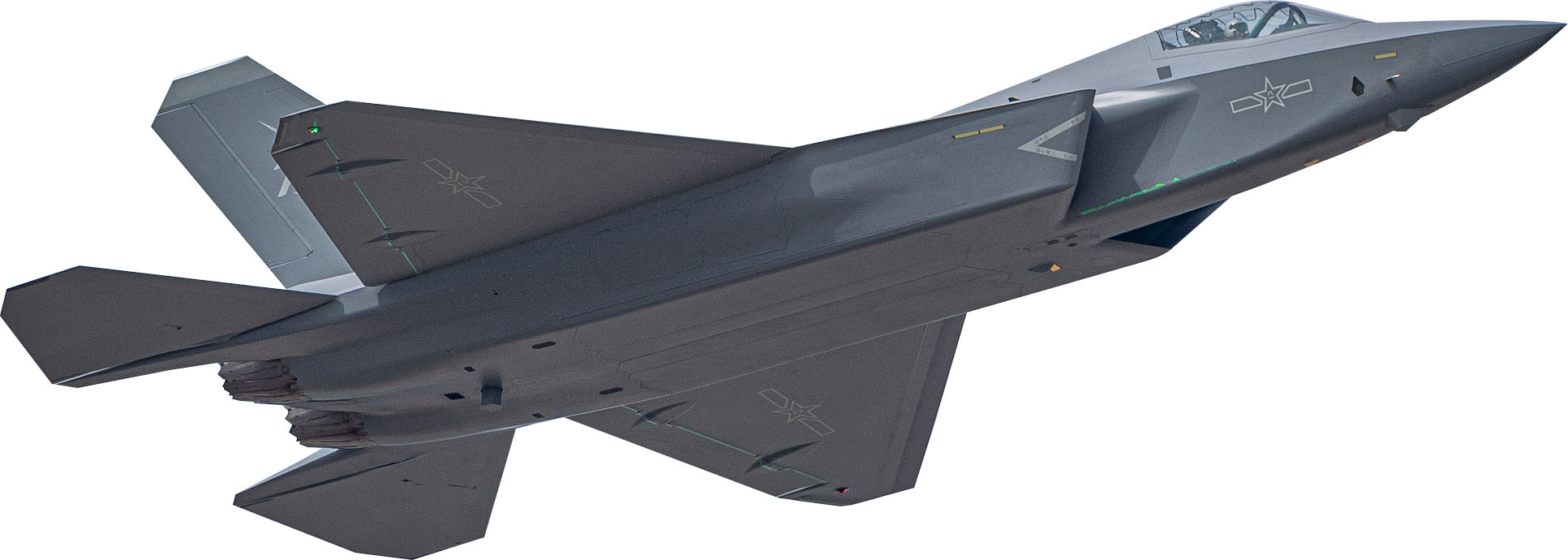
China's new stealth fighter jet, the J-35A, will play a major role in the country's air defense network in a "coordinator" or "organizer" role, and extensively strengthen the system's operational capability, according to its project leader.
Wang Yongqing, the J-35A's chief researcher at Aviation Industry Corp of China's Shenyang Aircraft Design and Research Institute, said in an exclusive interview with China Daily that the radar-evading combat plane was created to act as the backbone of the People's Liberation Army Air Force's efforts to neutralize high-level threats, especially hostile stealth aircraft.
READ MORE: China's new stealth fighter jet J-35A unveiled at air show
Moreover, the J-35A is also needed by the Air Force to establish a "considerable scale" fleet of affordable, powerful stealth jets, he said at the institute's headquarters in Shenyang, Liaoning province.
"Our adversaries will definitely use their stealth aircraft or low-observable cruise missiles to penetrate our air defense networks," Wang said.
"And if those hostile craft succeed in infiltrating our defense lines, they will outperform our conventional countermeasures in terms of detection capability and range, which means they can spot us from hundreds of kilometers away but at the same time we can't find them. That means our defense units will not be able to survive such an encounter."
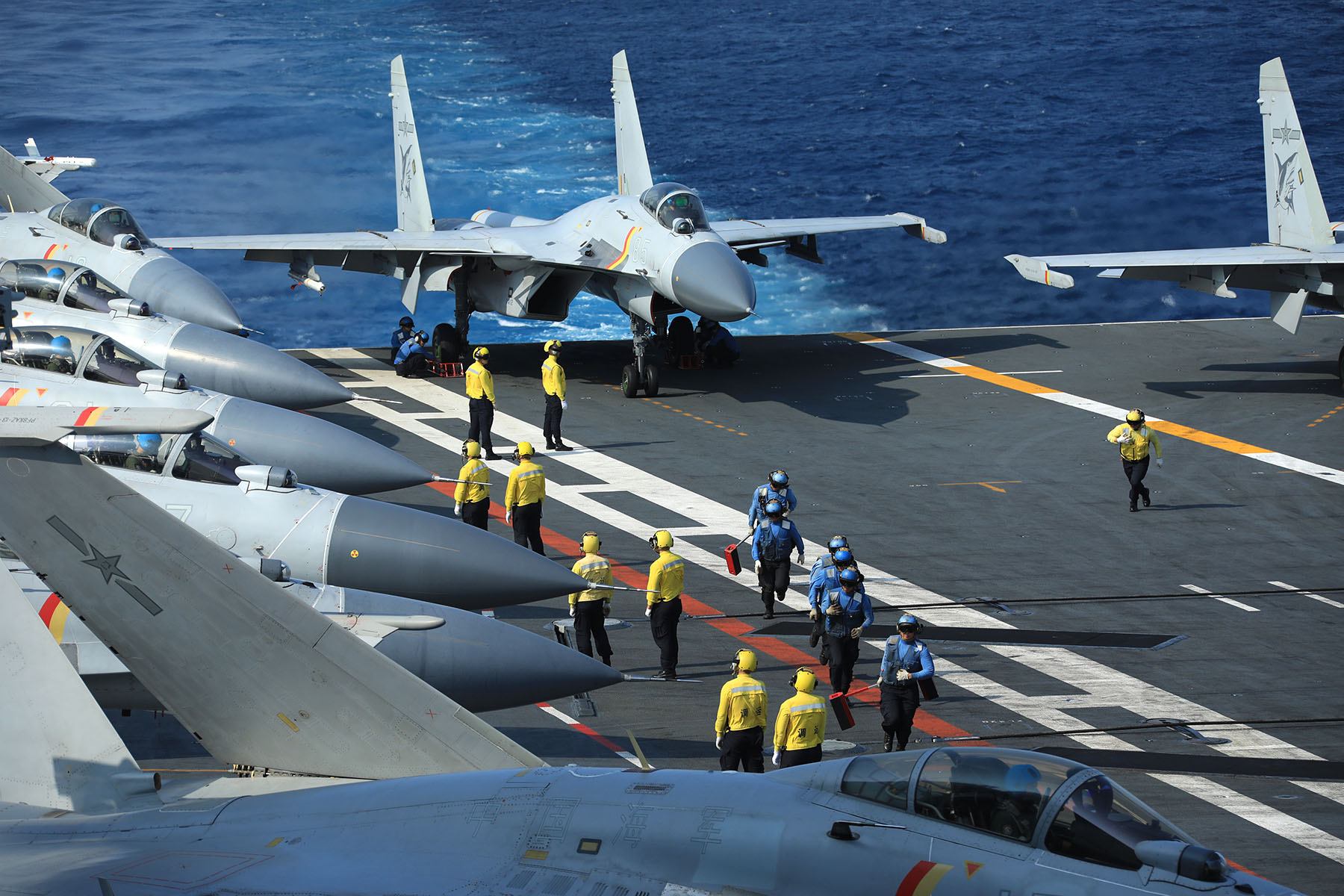
Wang said the defense network needs a plane that can "see" hostile objects and track and intercept them. More importantly, the J-35A will empower and coordinate other assets in the network.
"It can lock on the targets, share the targets' position with other weapon systems, such as surface-to-air missiles, and even use its own radar to guide other weapons to bring the targets down. This is called 'systems coordination' or 'multi-domain coordination'," he explained.
The Shenyang institute is China's first aircraft design organization and also one of the only two Chinese research bodies capable of designing manned fighter jets. It is known for developing a number of combat planes that have been widely deployed in the Chinese military such as the J-8 and J-11B, as well as the J-15, the country's first carrier-borne fighter jet.
China Daily's interview with Wang, one of AVIC's top jet designers, was the first time he has elaborated on the J-35A's functions in an air-defense system.
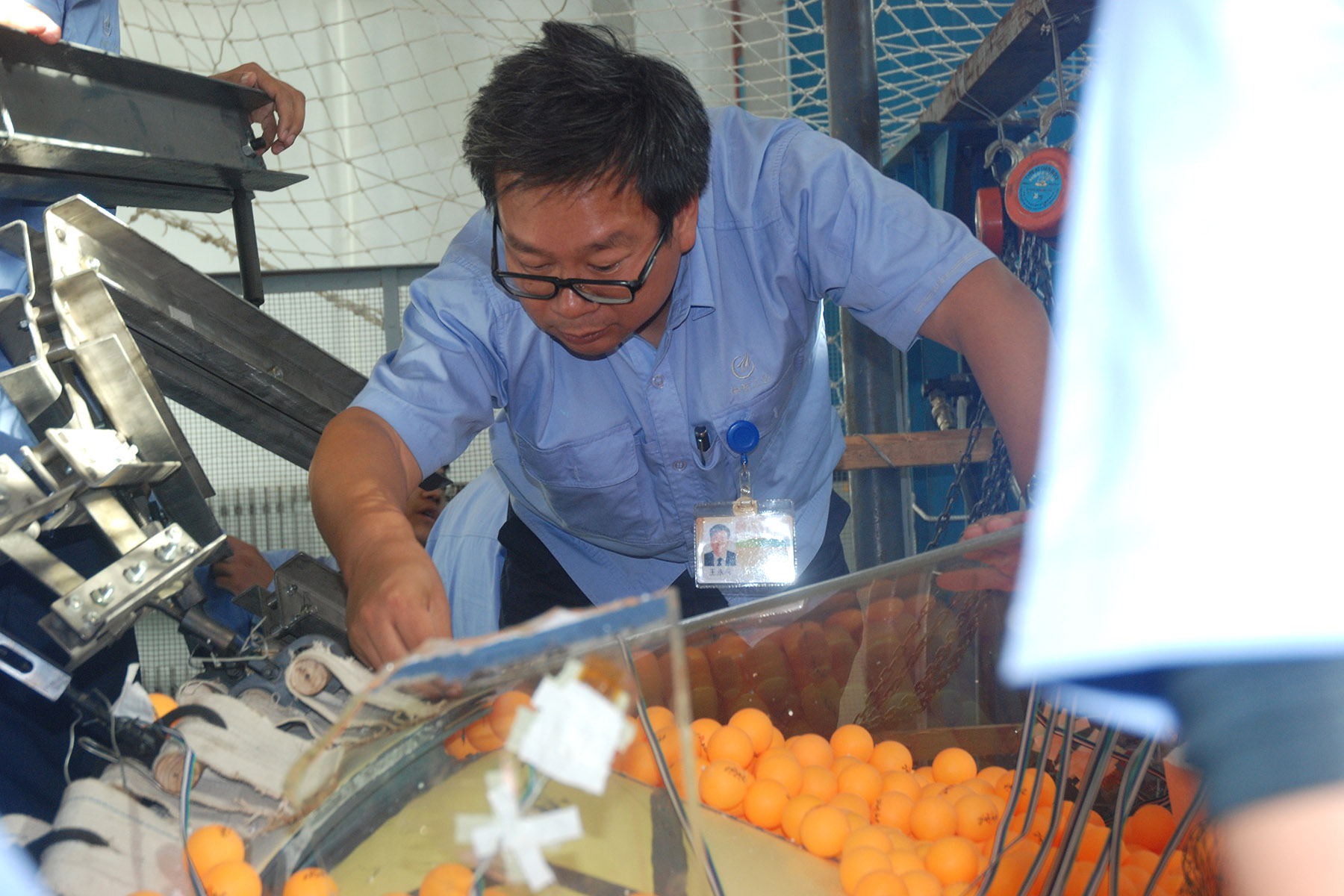
The country's newest type of stealth fighter jet, the J-35A made its public debut in November at the 15th China International Aviation and Aerospace Exhibition in Zhuhai, Guangdong province, shortly after it was declassified by the Air Force.
Its overall design is based on the J-35, a stealth naval fighter developed for deployment in the near future on the PLA Navy's aircraft carriers and for cooperation with the J-15 in carrier-based air operations.
China will become the second nation after the United States to have two families of stealth fighter jets in active service after they are commissioned.
Currently, the PLA Air Force has deployed a large fleet of J-20 heavy-duty stealth combat aircraft, that went into commission in late 2016. The J-20's basic configuration has evolved into several variants including a twin-seat version.
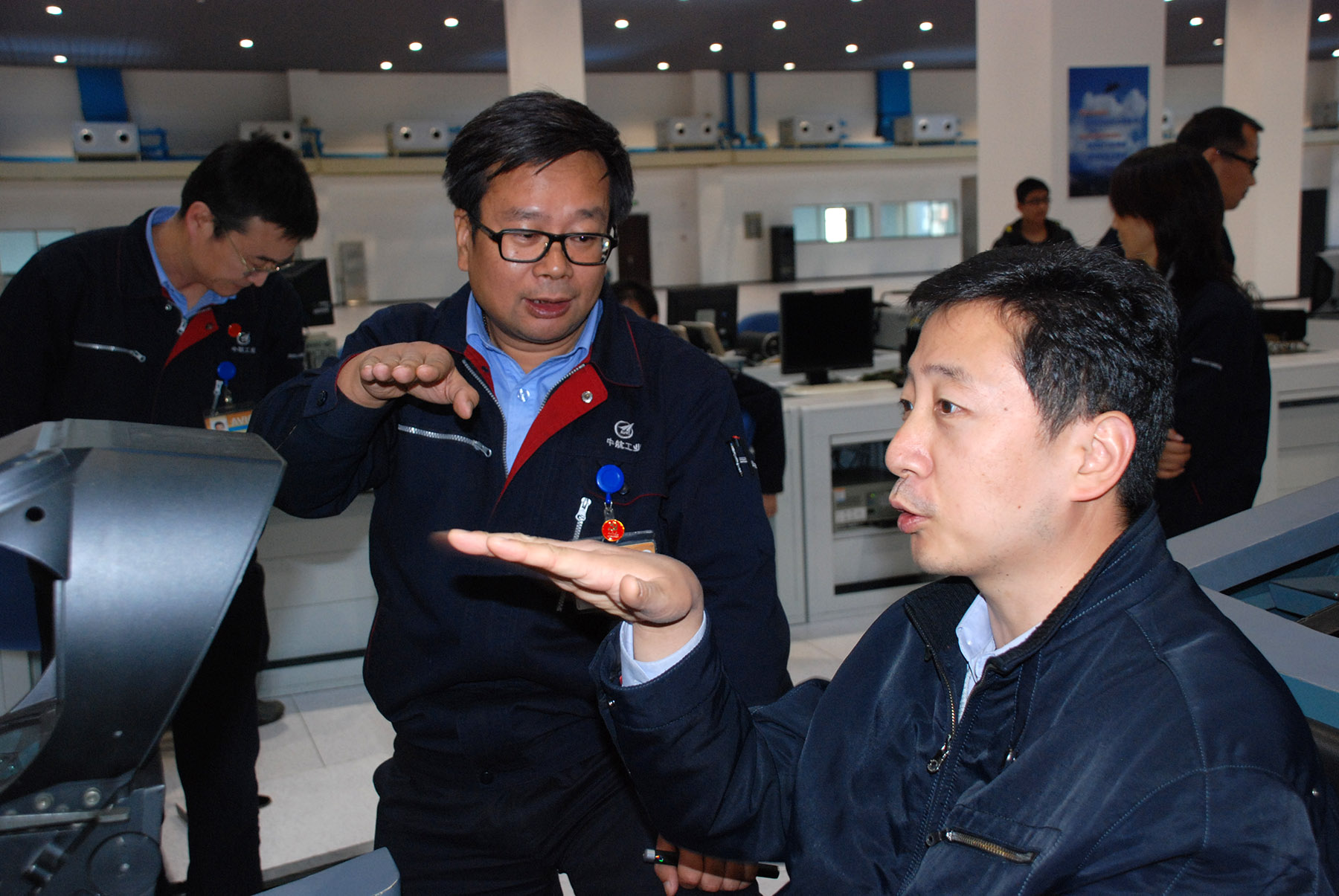
Aeronautical aspiration
In his four decades at AVIC, the country's dominant aircraft maker, Wang has mostly kept a low-profile although he is the chief designer of several models of supersonic combat jets.
Born in February 1965 to a farming family in Dehui, Jilin province, Wang was one of the first among his contemporaries to see a plane in person. This was because his home and primary school were near an Air Force aircraft repair workshop.
"I would often see planes in the skies," he recalled. "I also heard many of my classmates talking about how their parents repaired planes at work. This was one reason that led to my interest in aircraft."
As a young boy, witnessing air defense measures at home and other places he asked his parents about them, and they told him about the "menace from the skies". "I gradually learned about the power of aircraft and consequently developed a personal interest in them," he said.
At the age of 17, Wang needed to select a university and major before the national college entrance examination that summer. He decided to study aircraft design at the Beijing Institute of Aeronautics, now known as Beihang University.
"I thought carefully and considered several factors," he said.
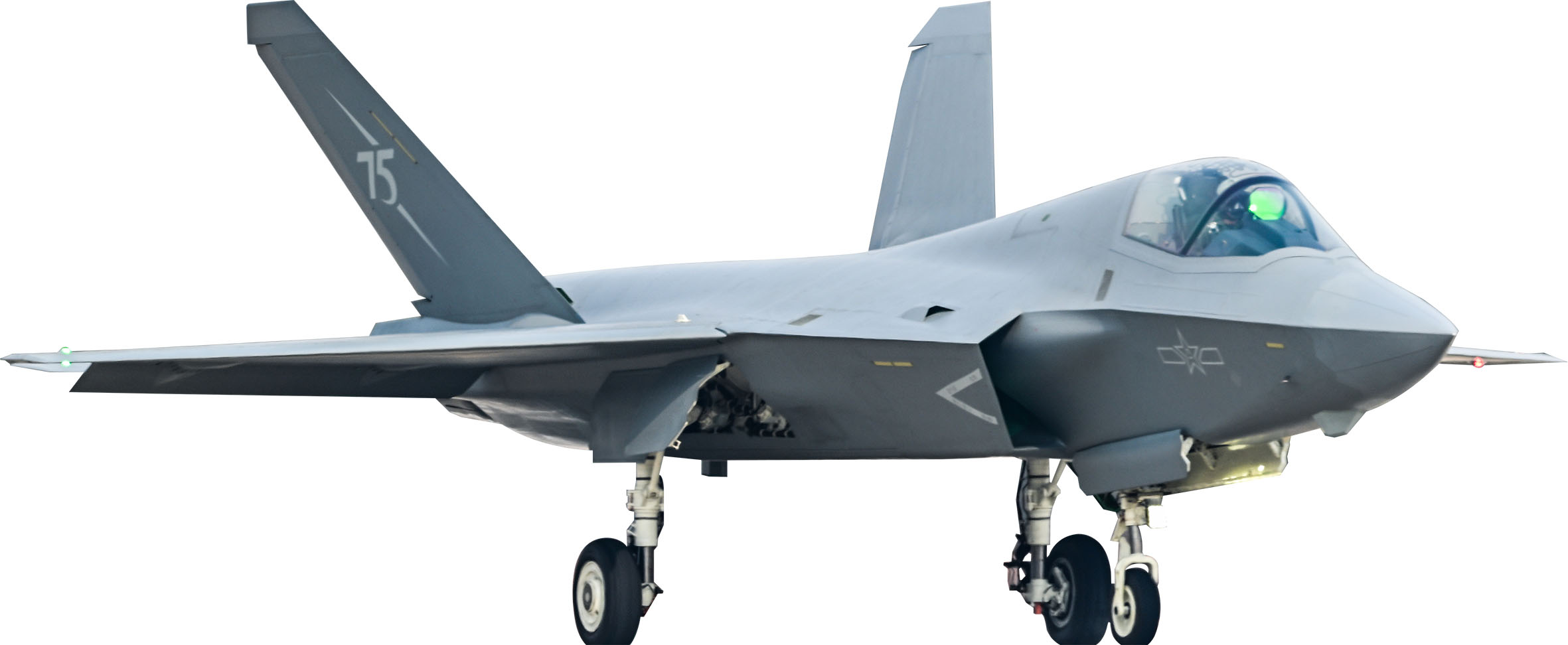
"First, I wished to study in Beijing. Second, I was sure that designing aircraft was what I wanted to do. And finally, considering my scores, the Beijing Institute of Aeronautics was not too difficult for me to apply to," he recalled.
After four years, he graduated in 1986 with a bachelor's degree and was immediately assigned to the Shenyang Aircraft Design and Research Institute, which was part of the then Ministry of Aviation Industry. With five other graduates, he was assigned to the general design team.
Even after 39 years, the memory of his first day at the institute still lives vividly in his mind.
"I remember clearly that the team's deputy chief said to me, 'Wang, please check this bomb manual and draw an outline of this type of bomb'. There were only vague pictures and some basic parameters in that manual, so I had to figure out how to make that outline with the resources available to me," he said.
"That was not easy, but I came to realize it was actually good homework for entry-level engineers like me to learn how to overcome difficulties and make things right," Wang said.
It was not long before he started to be given important tasks.
In the winter of 1986, Wang was sent to temporarily assist a senior designer at the institute who was responsible for researching the feasibility of a spaceplane. He displayed good skills and impressed the designer, who asked for the young man's formal transfer to the team.
In the spring of 1987, the second year of Wang's career at the institute, he was named leader of the spaceplane's pre-research team. He worked on the project until the early 1990s when a spaceplane was found to be far beyond China's technological and technical capabilities at the time.
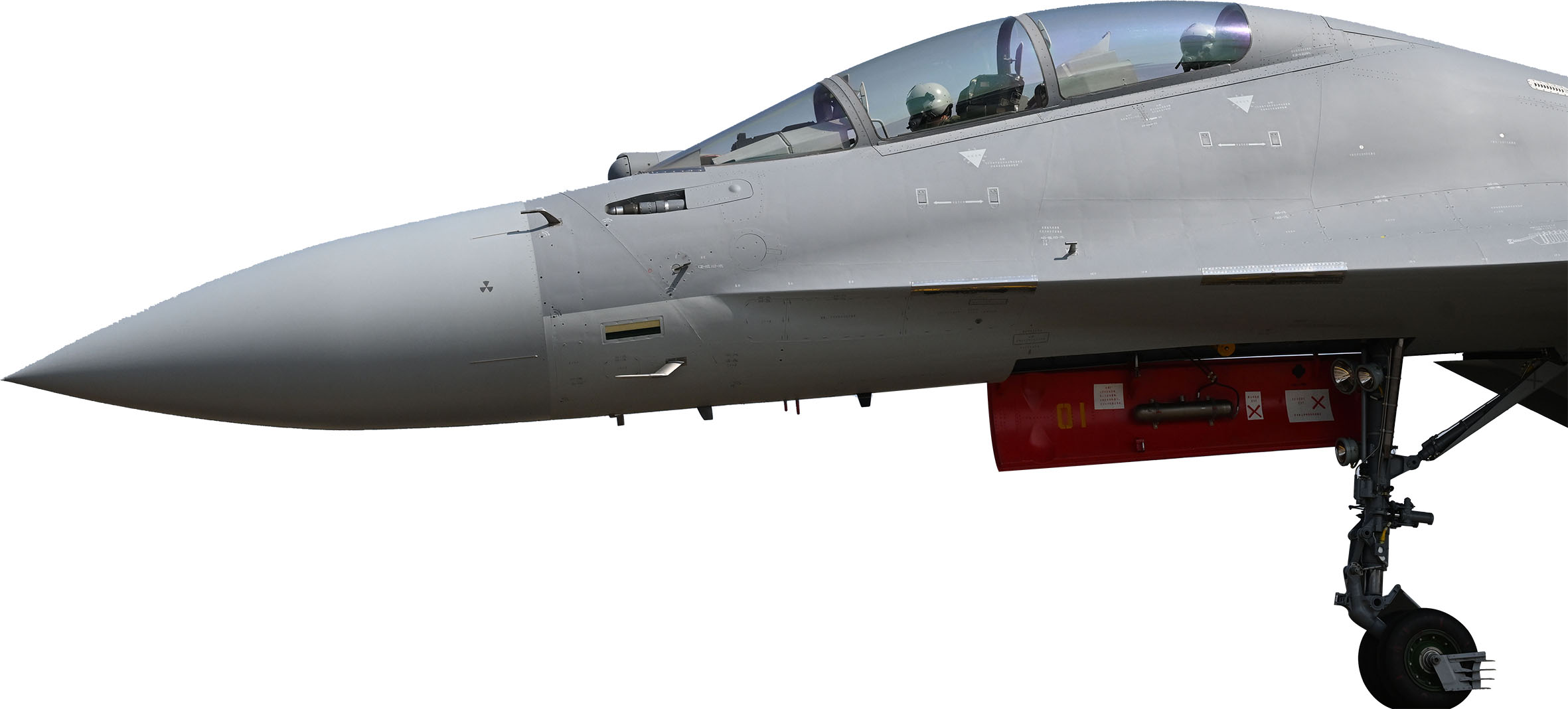
Carrier-borne jet
After returning to the general design team, Wang was mainly tasked with making plans and conducting pre-research for next-generation fighter jets.
"I participated in the research and development of some upgraded variants of old aircraft types. But my major duties were related to the conceptual research of my institute's next-generation products: a carrier-borne fighter jet and a fifth-generation combat plane," he said, adding preliminary research of both types had started one by one.
As the research advanced and the teams became bigger, Wang became a competent, successful team leader and moved up through the ranks. In his late 30s, he was promoted to deputy chief designer at the institute.
Both the fifth-generation and carrier-borne jets were new and quite challenging to Chinese aviation designers at the time, and it was understandable that Wang soon found he was too busy to oversee both projects.
He was asked to make a choice and decided to focus all of his attention on the carrier-borne fighter jet that was later named the J-15 and is now the spearhead of China's carrier strike groups.
Wang said he found designing a carrier-borne jet to be more challenging and intriguing. "So many technologies and components were new to me, and a lot of operational patterns (of carrier-borne jets) were totally different from those used by land-based planes. Designing such a jet was so much fun!" he said.
Wang was appointed executive deputy chief designer of the J-15, which exposed him to a long list of challenges and difficulties. Almost at the same time, he was promoted to the institute's chief designer.
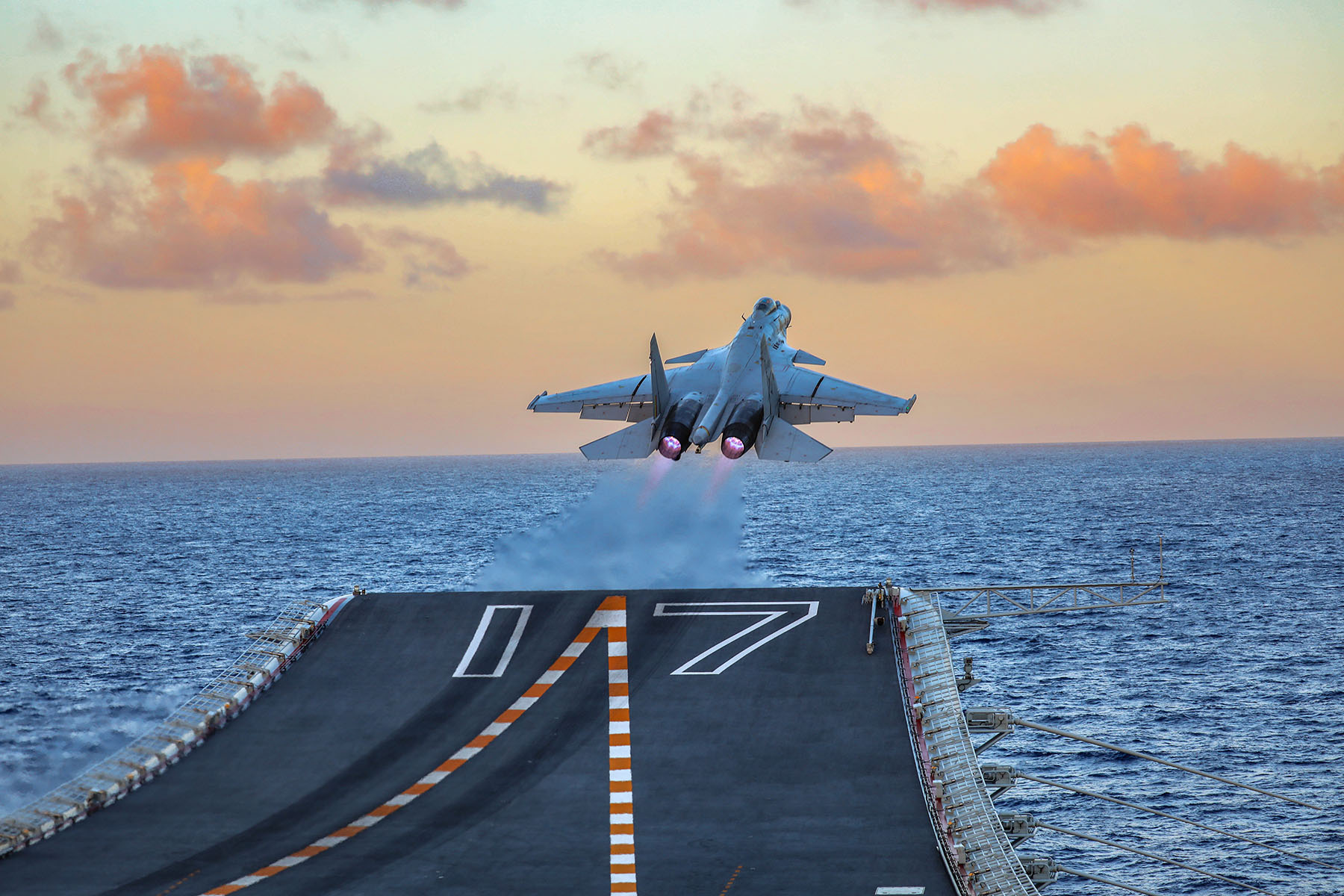
Developing blueprints
Facing technological and engineering challenges and a tight schedule, Wang organized his fellow researchers to deal with problems one by one. Every member of the J-15 project team raced against time and tried their utmost to do their job, hoping to deliver the best results, he said.
"At our busiest time, we arranged as many as 25 workshops in a single month to gather knowledge and experience to help us solve difficulties," he recalled, adding that their efforts paid off as the engineers conquered all obstacles and mastered crucial technologies.
An integrated team and new mechanisms were established to streamline and optimize coordination among different units, and send digital blueprints to the aircraft factory.
The J-15 project allowed them to apply and test the new mechanisms, which were found to be very useful, Wang said.
"When my designers sent the first digital blueprints of the J-15 to the factory, its managers said they had difficulties using those blueprints because their workers didn't know how to read them," he said.
"But via the J-15 project, they started to get used to the new blueprints and found them more convenient and efficient than printed drawings. After the J-15 (project), the factory's managers asked us to use digital blueprints for all of the next aircraft models," Wang said.
Due to their endeavor and dedication, the J-15 was delivered to the Navy on schedule, allowing naval aviators to train for carrier-based operations in real aircraft.
In November 2012, pilot Dai Mingmeng landed a J-15 on the CNS Liaoning, China's first aircraft carrier, and then took off from the vessel. It was the first time a Chinese fighter jet had operated from a carrier.
The J-15 has since been developed into several variants and deployed in many long-range operations of China's carrier strike force.
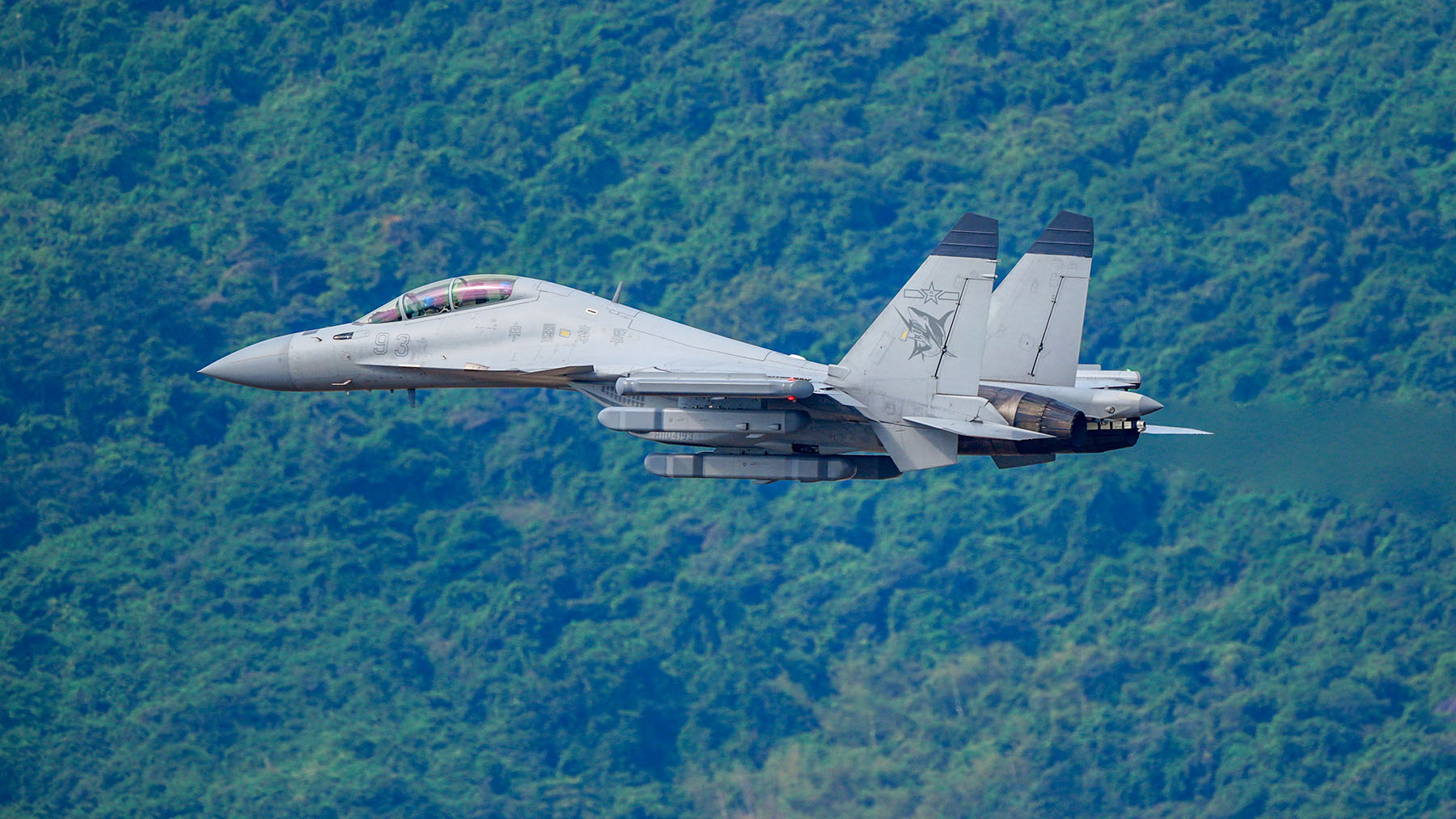
Strive for excellence
Wang was later appointed chief researcher of the J-16 multi-role strike plane and its electronic-warfare variant. Under his leadership, designers gave the J-16 series strong capabilities, making the aircraft a new pillar of the Air Force's airstrike system.
As the chief designer of a combat plane, he believes the most important aspect is to know clearly what pilots and their commanders truly need.
Gu Songfen is a preeminent aircraft designer who worked for decades at the Shenyang institute. He is one of a handful of recipients of the nation's highest science and technology award.
Wang said Gu once told him and other chief designers that they must make friends with front-line pilots to hear what they want and their advice. "He said, 'It is the aviators, not you, that really know whether your aircraft perform well or poorly up in the skies'," Wang said, adding that he usually pays several visits to military units each year to talk with pilots to solicit their suggestions.
ALSO READ: PLA Navy inducts missile capable J-15D
Currently, most of Wang's attention is focused on flight tests and improvement of the J-35A.
Besides the design work, he also tutors doctoral students at the institute. He often tells the students that as an aircraft researcher, "you must have craftsmanship and always strive for excellence and perfection."
Looking to the future, Wang said he is confident that the Chinese aviation industry will continue building world-class combat aircraft for the PLA.
"We will design and make whatever the motherland and the people need to protect our skies," he stressed.
In recognition of Wang's service and contributions, the government has conferred a number of honorary titles and awards on him, ranging from the model worker's medal to one of the country's top sci-tech awards.
His only child, a son, also studied aircraft design at Beihang University, and now works at a Shanghai-based institute of the Commercial Aircraft Corp of China.
zhaolei@chinadaily.com.cn


